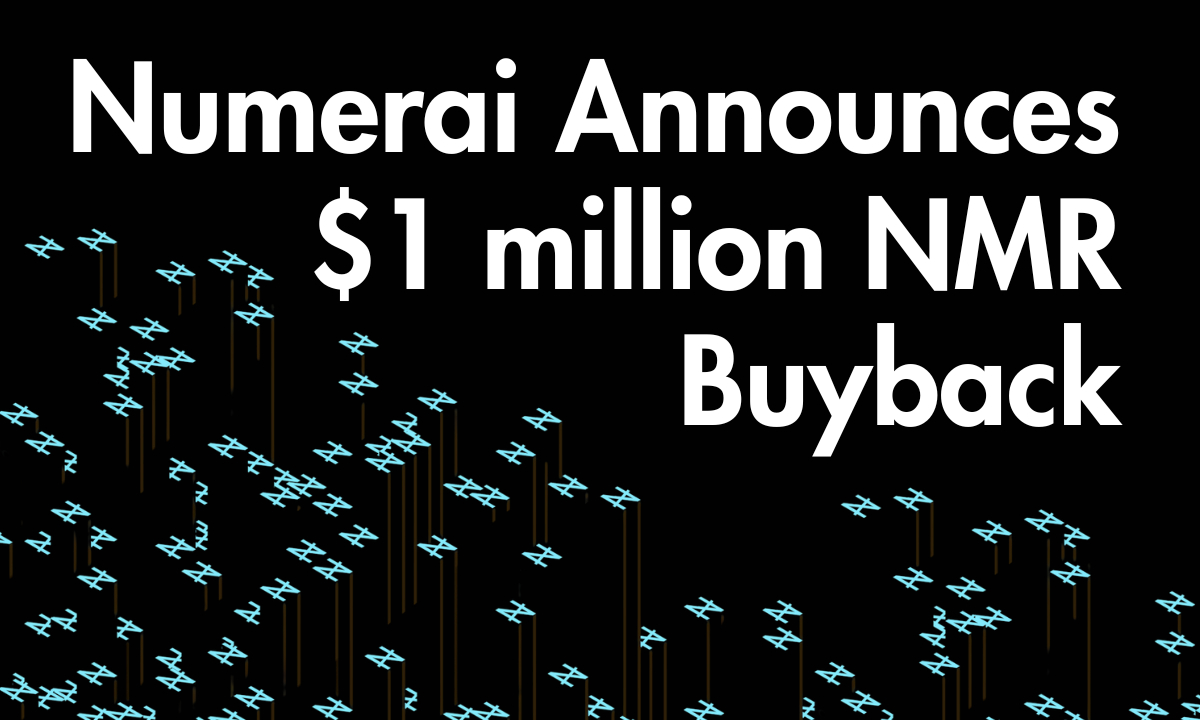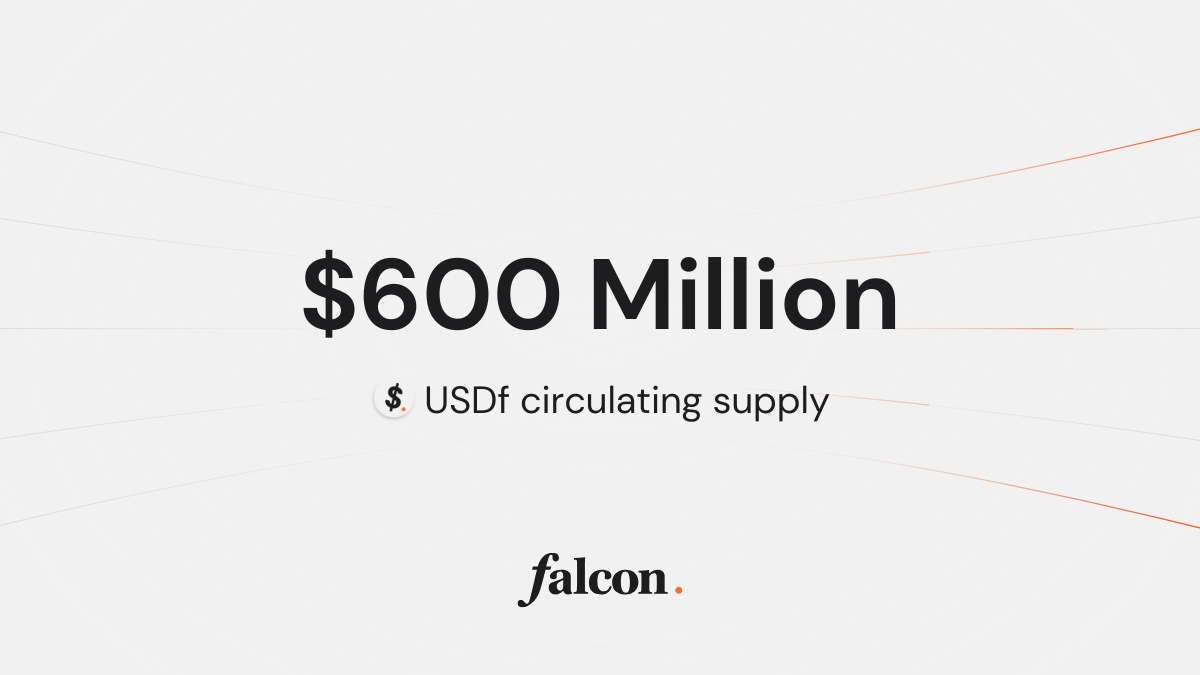Selfish mining is a strategy used by miners in the blockchain network to maximize their profits by creating separate forks and withholding information about mined blocks from the rest of the network. This practice poses a threat to the protocol’s overall health as it promotes collusion and increases the risk of centralization.
In the world of cryptocurrencies, such as Bitcoin, mining is the process through which new transactions are validated and added to the blockchain. Miners compete with each other to solve complex mathematical puzzles using specialized hardware, known as mining machines. The miner who successfully solves the puzzle first gets to add the new block to the blockchain and is rewarded with a certain amount of cryptocurrency.
Bitcoin mining relies on factors such as mining machine efficiency, electricity costs, and the hash power contributed to the network. It is designed to maintain decentralization by rewarding individual miners on the blockchain. This approach has led to the popularity of mining pools, which allow miners to combine their computational power and receive consistent rewards.
However, miners can optimize their mining efforts and increase their returns by engaging in selfish mining. The basic idea behind selfish mining is for a miner or a group of miners to keep newly mined blocks private instead of immediately announcing them to the public network. By doing so, miners can expedite the mining process and reduce resource wastage.
The strategy of selfish mining involves miners secretly mining on their own private chain while the rest of the network continues to mine on the public chain. This leads to the creation of forked blockchains, where two or more chains exist simultaneously. The selfish miners keep their blocks hidden from the rest of the network until they have a competitive advantage, typically a longer private chain.
Once the selfish miners have a longer private chain, they reveal it to the public network, causing the rest of the miners to switch to the longer chain. This strategic timing of block revelation is crucial, as it allows the selfish miners to attract miners from the public chain to join their forked chain. The lure of higher potential rewards entices miners to abandon the public chain and join the selfish miners.
As more miners join the selfishly mined chain, the forked chain surpasses the original chain in size and becomes more profitable to mine. This dominance of the forked chain compromises the network’s decentralization, as a few miners or groups control a significant portion of the mining power.
Despite its potential benefits, selfish mining is not a sustainable long-term strategy. Successful implementation of selfish mining would erode public trust in the cryptocurrency and undermine the value of miners’ tokens. Additionally, if all miners adopt this strategy, the overall benefits are likely to be minimal, as every miner would be engaging in selfish mining, nullifying the competitive advantage.
The blockchain community recognizes the threat of selfish mining and has proposed several countermeasures to mitigate its impact. One approach is to adjust the mining difficulty algorithm to make it harder for selfish miners to gain a competitive advantage. Another solution is to modify the consensus algorithm itself to disincentivize selfish mining behavior.
Selfish mining serves as a reminder that while blockchain technology offers transparency and decentralization, it is not immune to malicious actions by participants. It highlights the need for continuous research, innovation, and governance to maintain the integrity and security of blockchain networks.
In conclusion, selfish mining is a strategy employed by miners to maximize their profits by creating separate forks and strategically withholding information about mined blocks from the rest of the network. While it may offer short-term advantages, it threatens the decentralization and overall health of blockchain networks. Understanding and addressing the challenges posed by selfish mining is crucial for the long-term success and adoption of cryptocurrencies and blockchain technology.















